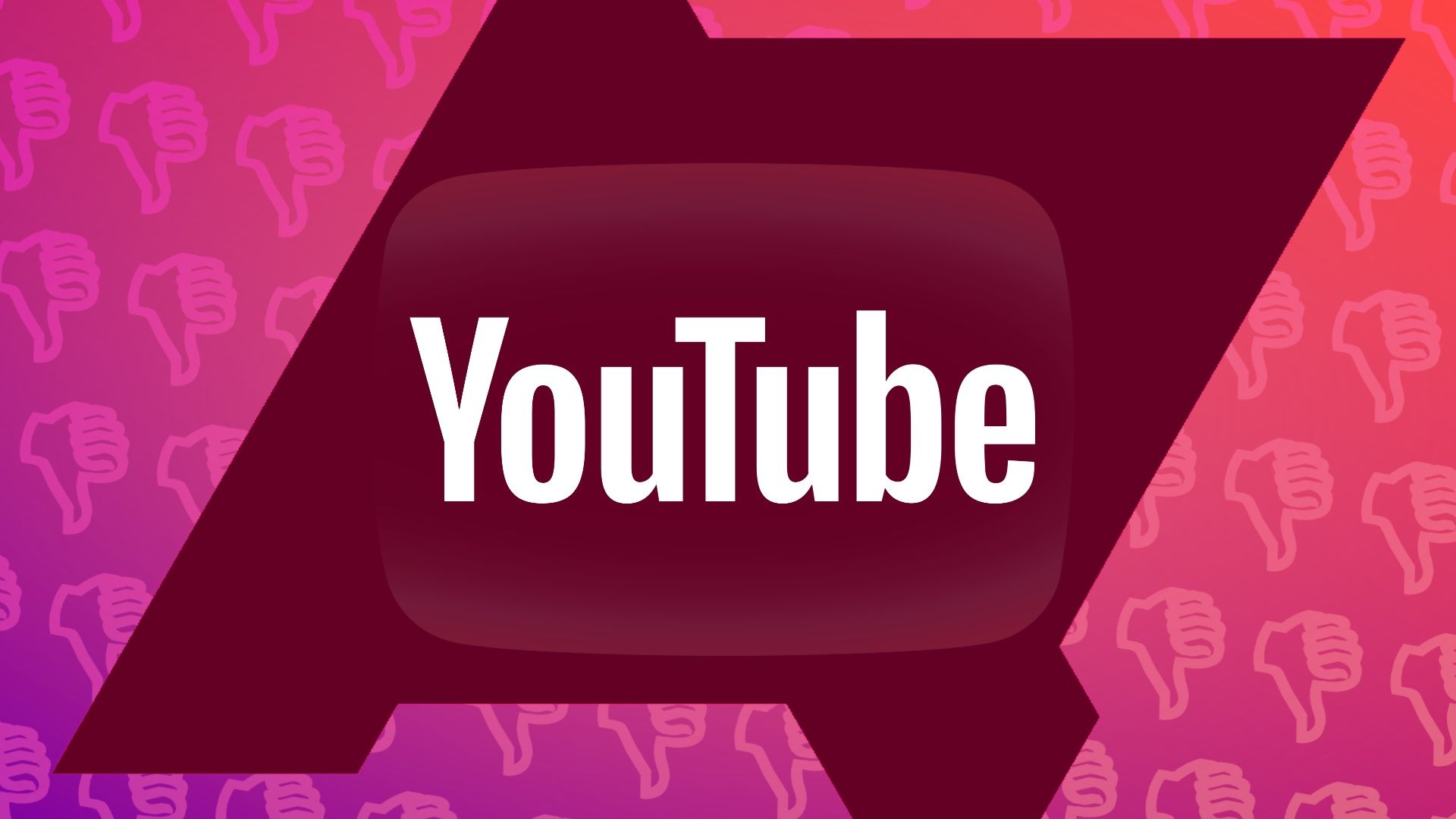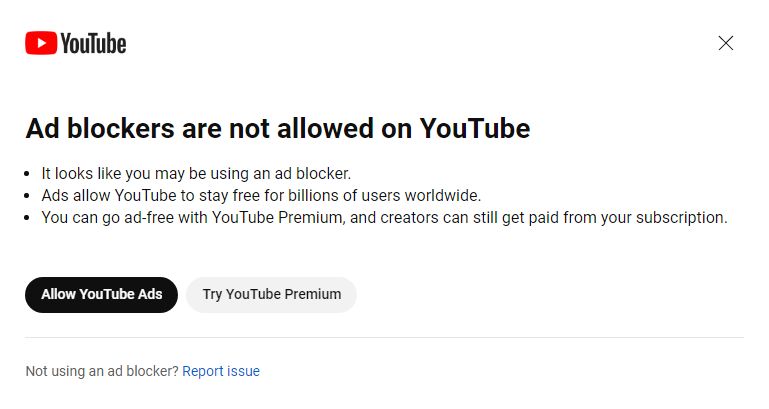YouTube Premium subscribership grew to a record 80 million users in 2022, and Google responded by announcing it would be investing more into its subscription offerings in 2023. What we didn't realize at the time was how that could mean handicapping its free offerings to get more people to pay for its services.
When watching videos yesterday, one Redditor encountered a popup informing them that "Ad blockers are not allowed on YouTube." The message offered a button to "Allow YouTube ads" in the person's ad blocking software and went on to explain that ads make the service free for billions of users and that YouTube Premium offers an ad-free experience. It even provided a button to easily sign up for a YouTube Premium membership.
The moderators of the YouTube subreddit received a message from the YouTube team confirming this popup was part of an experiment the company is running. It appears to be a very limited experiment, as we've only found the one user report, but it could be a sign of things to come.
Google has long been at odds with ad blockers, banning purpose-built ad blocking apps from the Play Store in 2016 and implementing changes in Chrome that could spell doom for ad blocking extensions in the near future. However, ad blockers have been largely ineffective with YouTube's embedded ads, so this test seems less about blocking ad blockers and more about pushing YouTube Premium.
It was only about a year ago that Google finally succeeded in killing YouTube Vanced, a popular third-party YouTube app that blocked embedded ads without a YouTube Premium subscription. Even if this experiment never sees a wider rollout, it seems the company is committed to its ad-supported revenue model and wants to ensure that the only way you don't see ads is by shelling out $12 a month for a Premium membership.


